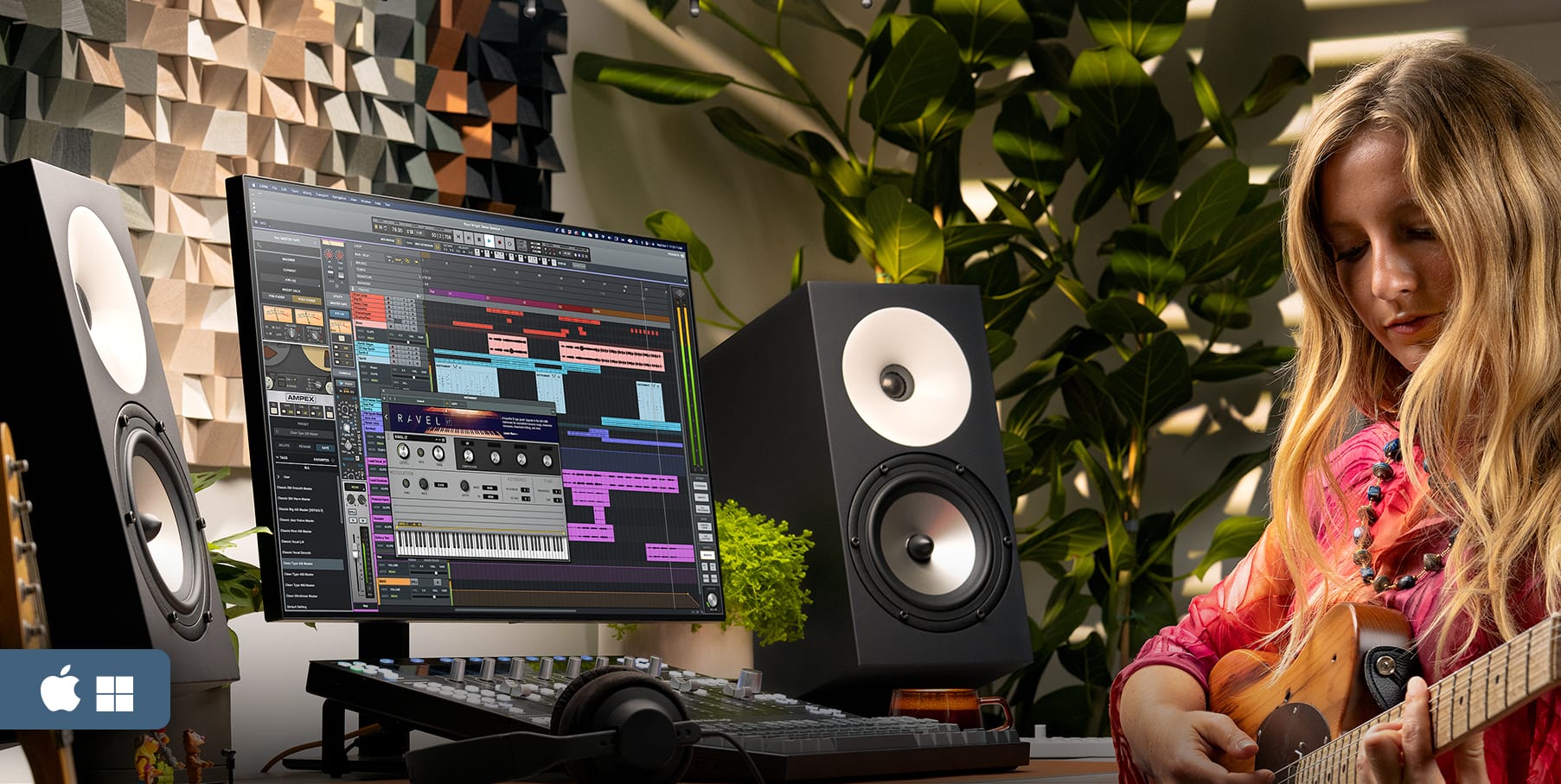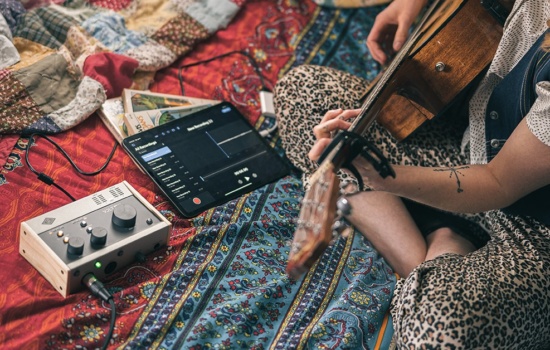Luna was originally only available with UAD Hardware. It’s a fully-fledged DAW and music production suite designed to run fully integrated with their fantastic DSP-run plugs. However, in a stunning move, Universal Audio has made Luna available free of charge to everyone. It’s available on macOS and Windows, is packed full of Universal Audio’s analogue emulation technology, and looks completely beautiful.
You can make music with unlimited audio and virtual instrument tracks. You can edit, mix, and apply audio processing based on the sound of classic consoles and vintage audio gear. The interface is stunningly fresh and slightly overwhelming, but there are lots of presets and templates built in to help you grapple with the extraordinary facilities.
Luna has full VST Plugin support so you can run all your favourite instruments and effects. It comes with a massive sample-based instrument called Shape that can load four layers of sounds and has built-in effects and filtering. It comes with a huge library of sounds covering keys, synths, orchestral instruments, guitars, drums and pretty much anything else you can think of. There’s a versatile built-in arpeggiator to transform your chords into exciting melodies, and all your editing is done directly on the timeline.
All of your tracks route through their own vintage channel strip with Oxide tape saturation options, API Vision or 2500 console processing, and metering. When you first install Luna, you also get to preview all the paid-for plugins for 30 days.
Obviously, Luna is designed to sell you more UA plugins, but you can use it with free plugins and instruments for a completely costless DAW experience. It doesn’t have some of the more creative sequencing options or the depth of sound design and audio editing of some other DAWs, but if you just want to make music with synths and audio, then Luna is fantastic.
Pros & Cons
- Unlimited track counts
- Full VST/AU format plug-in support
- Vintage analog emulation throughout
- Superb Shape multi-instrument plugin
- Looks and sounds amazing
- MIDI side is a bit basic
- Requires free but annoying iLok account



